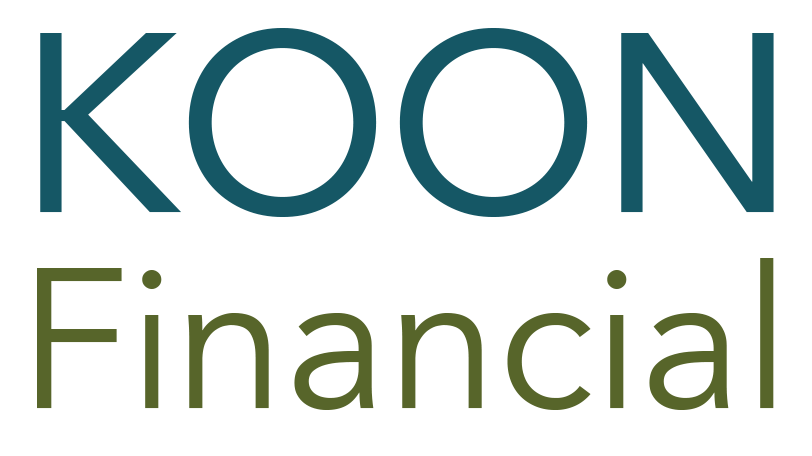2021 Third Quarter Market Commentary

SUMMARY: Stocks showed signs of weakening momentum, generally, during the month of September, reinforcing our view that a change in fundamental economics will encourage a shift in investor preferences to value-oriented stocks from growth-oriented companies. Inflation, restructured corporate (and personal) income tax rates, fiscal policy, and a shift in the monetary policy along with the lingering effects of the COVID-19 (and variants) pandemic all are underlying pressures indicating structural economic changes in the U. S.
Supply-chain disruptions have further aggravated shortages of important components and products with hundreds of container ships waiting to off-load cargo on both the east and west coasts. Rising wages are beginning to filter through the U. S. economy resulting in higher prices. We expect inflation to be persistent over the next couple of years.
We continue to believe that the 4th quarter of 2021 will show strong GDP growth driven primarily by consumer and government spending. We anticipate a slowing growth rate beginning in 2022 and 2023.
As of this writing, Congress has yet to agree on the final infrastructure/tax bill which could range between $1.5T to $5T.
Positive Indicators for the Remainder of 2021 (not much has changed)
- More countries are reaching vaccination goals and beginning to admit international visitors and resuming more normal work schedules.
- The number of companies resuming in-person office staffing is increasing daily.
- A strong 2nd half to GDP growth around the world is now presumed.
- Accommodative fiscal (stimulus) and monetary (low interest rates) policies remain the policy choice of most governments, including the U. S.
Caution Indicators for 2021 – Looking into 2022
- Underlying longer-term inflationary pressures are beginning to emerge and may result in inflation rates at the higher end of the Fed’s projections.
- Supply-chain disruptions have created significant shortages of goods and important components causing serious delays in production. This COULD have a negative effect on expected 4th quarter sales and/or in a potential recession as manufacturing would be forced to shut down waiting for components.
- The financial services sector is preparing for a surge in defaults and foreclosures as the temporary relief plans have expired.
- Interest rates are beginning to rise as demand for money is expanding.
- Tax law restructuring could have a negative impact on U S stock prices. The impact, though, is hard to predict in light of significant stimulus and return to a more normal economic environment.
- We continue to be concerned about geopolitical concerns as tensions seem to be increasing around the globe.
INFLATION AND CENTRAL BANK POLICIES: Inflation continues to rise in the U. S. and in Europe now as a result of COVID-19 shutdowns around the world and wage pressures. The Fed’s has modified its position to now recognize persistent and long-term pressures are present. We believe there are underlying forces that will lead to inflation rates in the 3% to 3.5% during the 2022-2023 period.
FISCAL AND TAX POLICIES: Congress will authorize massive spending programs in addition to programs already passed to promote economic expansion focusing on infrastructure. The final amount is yet to be determined. Tax proposals are now formulated and the impact higher corporate and personal income taxes remains unclear. The complex proposals contained in the American Families Plan and the American Jobs Plan are expected to help pay for the $4T to $6T of recent spending approved by Congress.
OIL PRICES: Current U. S. policies are targeting non-U. S. production and looking to the oil-producing nations to increase output. We look to add to clean energy funds in 2021-22 as Congress and international investor sentiment increase the attention to the opportunities in this sector.
NON-US STOCKS: Our intention is to position portfolios with exposure to non-U.S. stocks (“international” and “emerging markets”) expecting these sectors out-performing U. S. stocks over the next few years. The appropriate weighting in client portfolios depends upon the objective and needs of each client’s situation.
STYLE SHIFTS: We will continue to increase the value-oriented portfolio and taking gains from growth stocks during 2021-22. A value-weighted portfolio has proven both defensive and a source of portfolio return as economies experience slower growth rates.
INVESTMENT STRATEGY FOR THE REMAINDER OF 2021 and into 2022: We believe most clients will benefit from a diversified equity-oriented portfolio and are focusing on adjusting the growth/value style weighting in client portfolios. There appears to be an increasing level of risk to stock portfolios and a 15%+ correction is a normal expectation.

